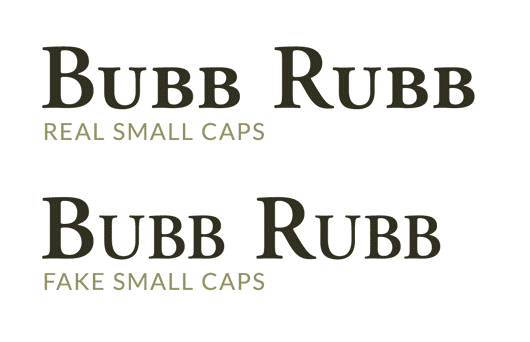
Since I read a lot, also aloud, interpunction is important, and while not covered by name, upper case is part of it. Usually it is at least a word, but speed read record holders can read whole page at once. Lower case is simply smaller, so I can take more words with a glance (again, I've been tested with capacity of reading 3-4 words at once, depending on their length).īasically, reading at any sensible speed requires reading more than one letter at once. I myself am a fast reader (moderately: I've been clocked at bit over 1200 words per minute), so most of what's below is from experience. This has to do with reading speed, familiarity, shape and eye movement. There is definitely qualitative and quantitative difference between upper case and lower case reading experience. Not in the sence of recognition of words and as such has no effect on readability (provided that font weight and contrast is the same). So it really doesn't matter if the letters are all caps or not. The research strongly suggests that you recognize all the letters in a word at the same time, and then you use the recognition of those letters to recognize the word. You don’t recognize words by the shape of the word. There was some evidence for it, but more recent research shows that it is letters you are recognizing and anticipating. It’s parallel letter recognition, not word shape - The old theory on word shapes comes from a psycholinguist named Cattell who came up with that theory in 1886. D Susan Weinschenk informed the community in her article 100 Things You Should Know About People: #19 - It’s a Myth That All Capital Letters Are Inherently Harder to Read that the shape theory is wrong: It was common knowledge that humans read words as a shape until Ph. Viewing position, or VPE" (Nazir, et al., 1998, p. Of the work and decreases drastically to both sides of this optimal Performance is maximal with the eye slightly left of the center

Varies systematically as a function of where the eyes fixate in the As a rule-of-thumb, serif typefaces are used to display body Understanding that Roman or serif typefaces are more recognizable to Naturally, distinctive patternsĪre more recognizable and memorable. Often "familiarity" with theĪppearance of words–both the order of the letters and the The configuration of letters composing words in a textual passageĮffect the recognition rate, or how quickly a person understands the "read" the word, but instantly recognize the meaning by the familiar Readers are frequently exposed to a word, they no longer have to They can be perceived more quickly than uppercase letters. Letters have a more distinctive shape than capital letters, therefore The distinctive shape patterns that written words create. "kicked the ball"–the action she performed. For example, in the sentence "Christine kicked theīall," the two thought units are "Christine"–the person who acted–and Groups of words that express a cohesive idea according to the context

Readers'īrains have the natural tendency to "chunk" or divide sentences into Eye span is not an absolute measure, however. AnĪverage eye-span radius extends about two inches around the point ofįixation which loosely translates to about two and one-half words perįixation. Quote from the section "How humans read", starting on page 37Įye span refers to the radius around each point of fixation.


 0 kommentar(er)
0 kommentar(er)
